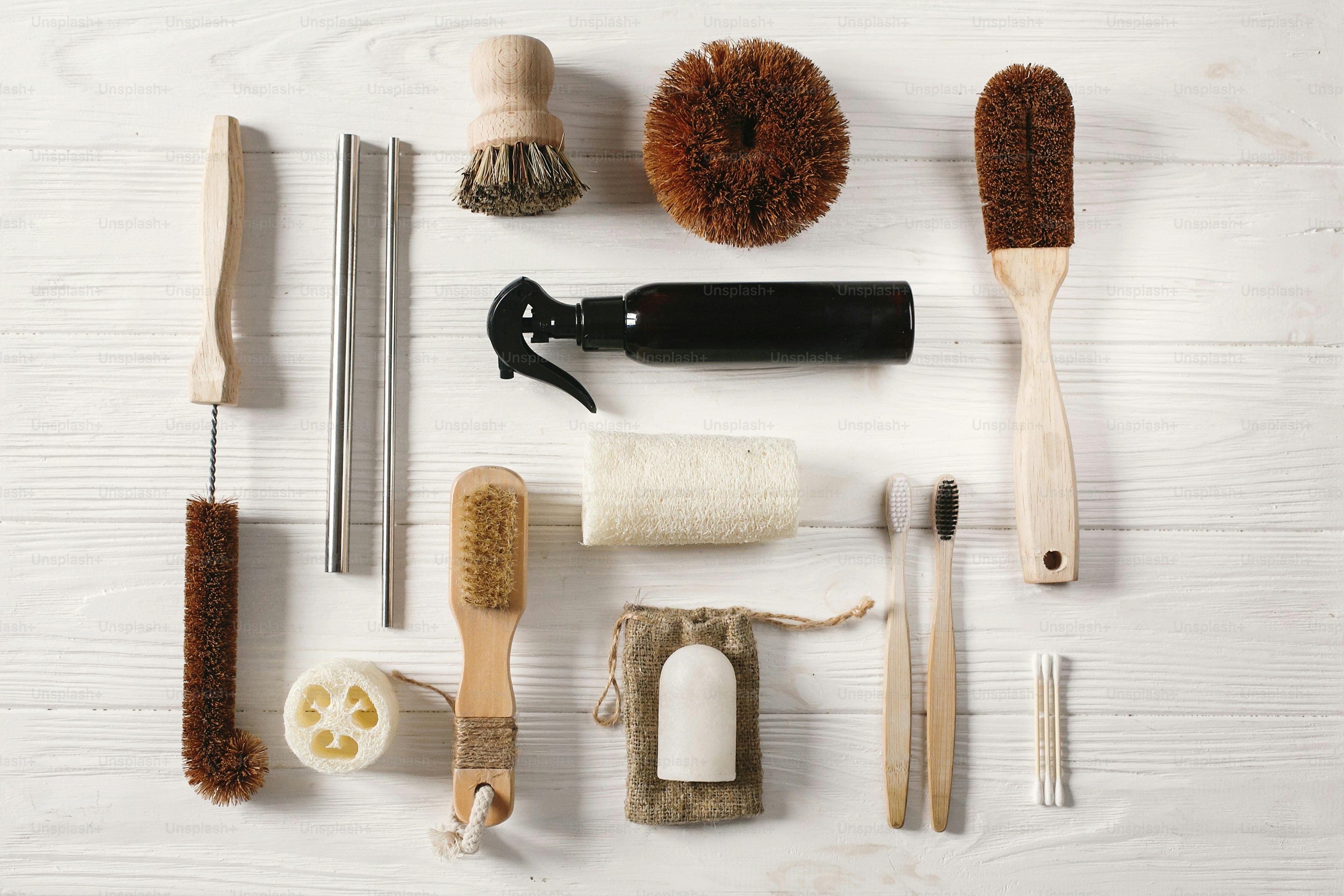Maintenance Basics for New Shears
Master the daily, weekly, and quarterly maintenance habits that keep your shears sharp, safe, and covered under warranty.

Why maintenance first?
Ninety percent of “dull” shears are really dirty, dry, or mis-tensioned. Consistent care preserves edge life, keeps warranties valid, and protects clients from nicks or pulling hair.
Daily routine (2–3 minutes)
- Clean: Wipe blades and pivot with a soft lint-free cloth after every client. If product builds up, use a spritz of 70% isopropyl on the cloth—never soak the shear.
- Dry: Ensure blades and screw housing are completely dry before storage.
- Oil: Apply a single drop of shear oil at the pivot. Open and close 10–15 times, then wipe excess.
- Tension check: Lift one blade to ~45°. A smooth, controlled close means tension is on point. A snap-close is too loose; barely moving is too tight.
Store shears in a case or magnetic rack with tips protected—loose drawers ruin edges.
Weekly deep clean
- Remove build-up around the pivot using a cotton swab slightly dampened with alcohol.
- Inspect edges under good light for chips or flat spots.
- Confirm bumper and finger inserts are secure.
- Log issues in your maintenance tracker so you can describe symptoms to a sharpener if needed.
Monthly audit
- Review number of clients serviced and note any heavy chemical exposure. Adjust oiling frequency if working around moisture or color bowls.
- Check travel kit shears too—backup tools often get neglected and corrode faster.
Sharpening cadence guidelines
| Usage level | Recommended interval | Notes |
|---|---|---|
| High volume (8+ hours/day, barbers) | Every 3–4 months | Schedule before performance drops. |
| Moderate salon workload | Every 4–6 months | Monitor for push-cutting or audible crunching. |
| Part-time or premium steels | Every 6–9 months | Still log service dates to keep warranties intact. |
Keep proof of sharpening (invoice or receipt) for warranty claims and add each service date to our Registration log.
Troubleshooting quick fixes
- Hair folds or pushes: Clean, oil, and tighten tension one click. If issue persists, edge likely needs professional service.
- Crunchy sound: Check for residue at the pivot, then drop oil and wipe. Persistent crunching may signal micro-chipping.
- Hand fatigue: Tension is probably too tight or finger rings are ill-fitting; revisit Tool Fit Assessment.
Supplies checklist
- Shear oil (light viscosity)
- Lint-free cloths or microfiber wipes
- 70% isopropyl alcohol spray
- Cotton swabs
- Travel-safe case or holster
Buy from authorized distributors listed on Where to Buy to avoid counterfeit accessories that can damage your tools.
Track every action in a shared maintenance log; logging helps with warranty claims and keeps teams aligned.
Build the habit
Tie maintenance to an existing routine: end of shift cleanup, lunchtime reset, or first client prep. Consistency is more important than perfection—log the habit in your service journal or salon SOP binder so team members follow the same standard.

